In a world that’s rapidly changing, the conversation around climate change is no longer just about melting ice caps and rising sea levels. It’s about the ticking time bombs that could explode and redefine life as we know it. You’re probably wondering what these “time bombs” are, and why you should care. Well, it’s about the irreversible changes that could cascade into unstoppable impacts on our planet.
1. Arctic Ice Meltdown
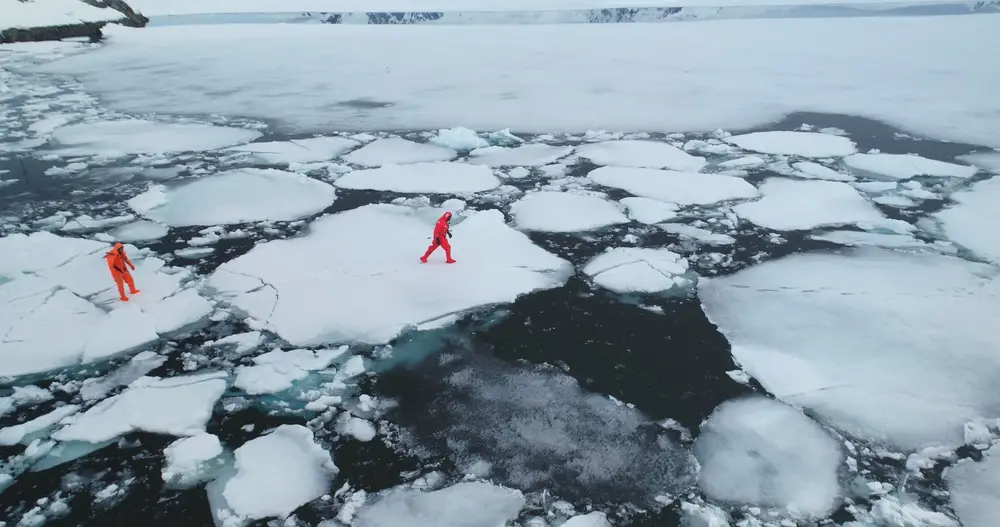
If you think of the Arctic as a natural air conditioner, you’re not far off. Its ice sheets reflect sunlight, keeping the planet cooler, but as they melt, that balance is disrupted. NASA scientists warn that the Arctic is warming roughly twice as fast as the rest of the world, leading to more ice turning into water. This not only raises sea levels but also amplifies global warming because water absorbs, rather than reflects, sunlight. So, keeping an eye on the Arctic isn’t just about saving polar bears; it’s about preserving the planet’s natural temperature regulator.
The melting of Arctic ice also triggers a ripple effect you might not expect. As ice declines, it releases stored greenhouse gases, like methane, into the atmosphere. This quickens climate change, leading to more extreme weather events worldwide. Imagine the knock-on effects: coastal flooding, ecosystem disruptions, and even economic challenges due to shifts in natural resources. It’s a sobering reminder of how interconnected our world truly is.
2. Amazon Rainforest Dieback
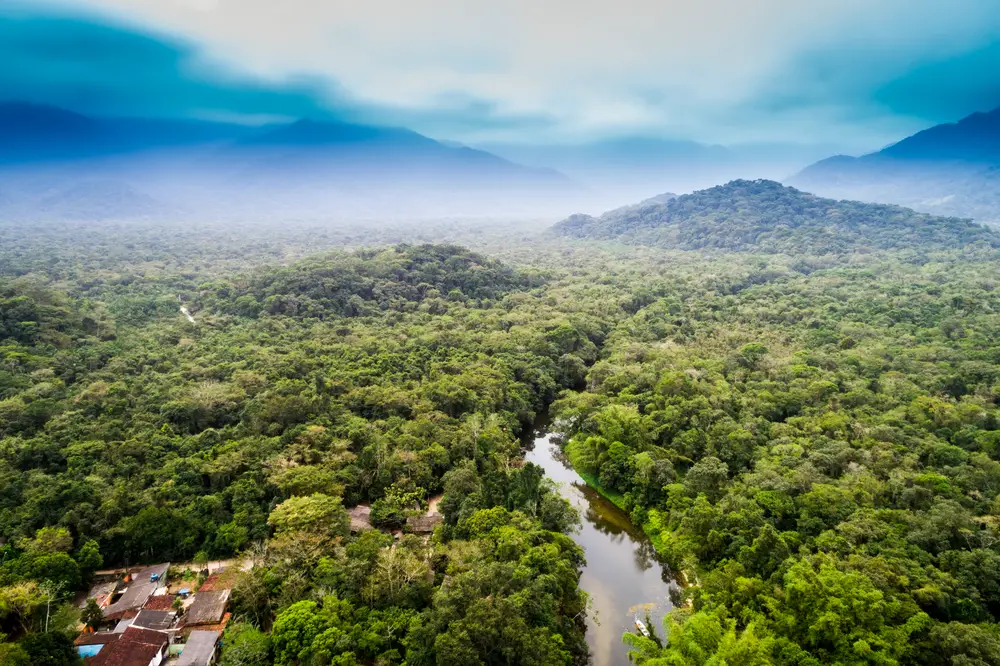
The Amazon rainforest is often called the “lungs of the Earth,” but what happens if those lungs start to fail? It’s a question that keeps climate scientists up at night. This expansive green paradise absorbs vast amounts of carbon dioxide, helping to stabilize the global climate. But deforestation and climate change are threatening to transform it from a carbon sink into a carbon source. The idea of the Amazon drying out and dying back is not just an environmental loss; it’s a global warning signal.
As the Amazon struggles, so do the species and communities that depend on it. We’re talking about biodiversity that can’t be found anywhere else on Earth. The loss of this unique ecosystem could lead to the extinction of countless species, some of which might hold the keys to medical breakthroughs. People living in or near the rainforest also face significant challenges, including loss of livelihood and cultural dislocation. It’s a crucial reminder that the health of the Amazon affects us all, even if it feels a world away.
3. Thawing Permafrost
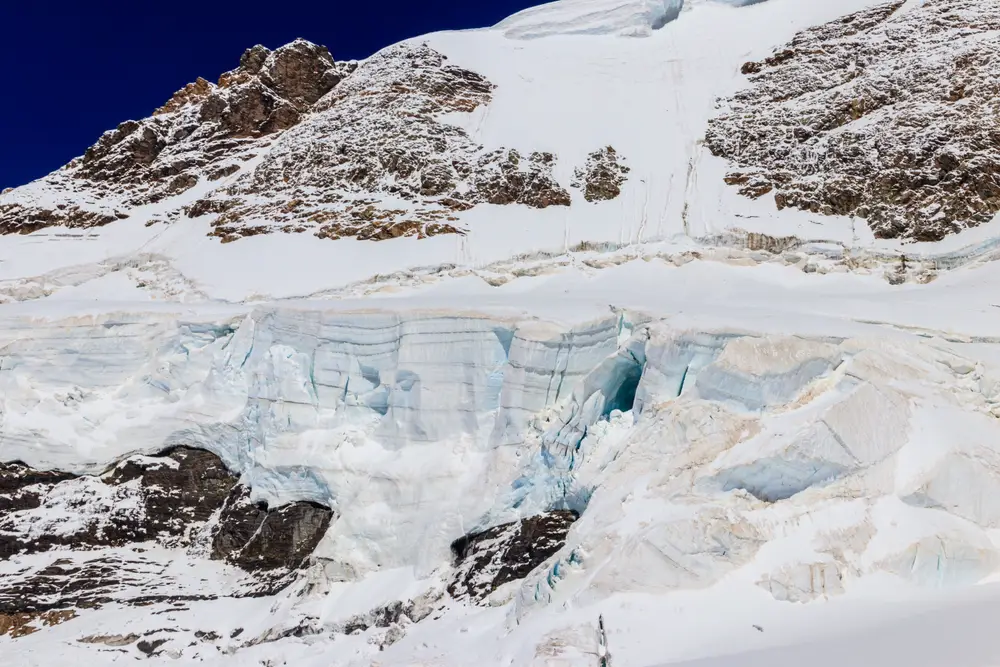
Imagine the ground beneath your feet suddenly giving way, releasing gases trapped for millennia. That’s the scenario with thawing permafrost, a layer of soil that’s been frozen for years but is now starting to melt. According to a study published in Nature Communications, permafrost regions hold twice as much carbon as the atmosphere, posing a significant risk if released. This thawing process could unleash large amounts of carbon dioxide and methane, potent greenhouse gases, into the air. It’s a stealthy time bomb that threatens to accelerate climate change much faster than current models predict.
As the ground warms, once-stable structures and landscapes could become unstable. This has significant implications for communities and infrastructure built on permafrost, particularly in regions like Siberia and Alaska. Roads could become impassable, buildings could collapse, and entire communities might need to relocate. It’s a stark illustration of how climate change isn’t just an environmental issue but a human one, impacting lives and economies directly. So, when you hear about permafrost, think beyond the science and consider the human stories at stake.
4. Ocean Acidification
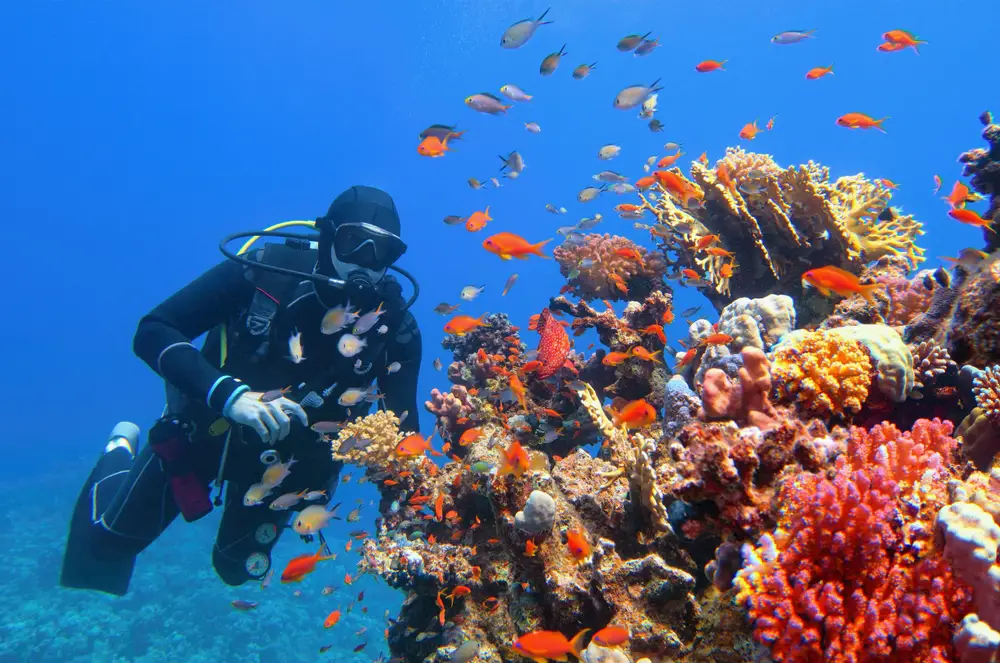
The oceans are Earth’s largest carbon sink, absorbing about a quarter of the carbon dioxide we generate. But as they take in more CO2, the water becomes more acidic, threatening marine life. This change in pH levels can harm coral reefs, shellfish, and even the smallest plankton, which are crucial parts of the marine food web. The effects ripple up the food chain, affecting fish populations and the people who rely on them for food and livelihood. Ocean acidification is an invisible threat, but its impacts could be devastatingly visible in the near future.
The beauty and bounty of the oceans are at risk, and that’s something that affects us all. More acidic waters can lead to the decline of coral reefs, which are vital to marine biodiversity and coastal protection. The loss of coral reefs could also impact tourism, an industry that supports millions of people worldwide. It’s a reminder that what happens beneath the waves doesn’t stay beneath the waves; it affects us on land too. So, when you think of the ocean, think of it as both a giver of life and a guardian we need to protect.
5. Loss of Tropical Rainforests
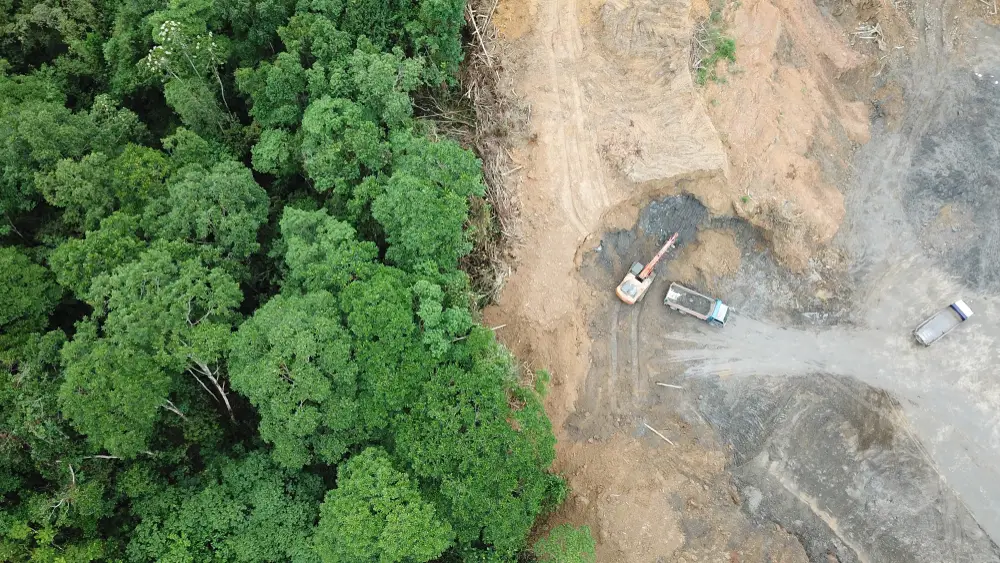
Tropical rainforests are the world’s richest ecosystems, yet they are disappearing at an alarming rate. These forests are not only home to countless species but also play a vital role in regulating the Earth’s climate. According to the World Resources Institute, deforestation rates are accelerating, leading to increased carbon emissions and loss of biodiversity. This destruction has far-reaching consequences, from altering weather patterns to impacting global food security. The loss of tropical rainforests is not just a local issue; it’s a global crisis that demands urgent attention.
When rainforests vanish, we lose more than just trees. The indigenous communities who have lived symbiotically with these forests for generations are facing displacement and cultural erosion. Biodiversity loss means fewer opportunities for discovering new medicines, which are often derived from rainforest species. Additionally, the carbon stored in these forests is released into the atmosphere, contributing to global warming. It’s a stark example of how environmental degradation and human rights are intertwined, making the preservation of tropical rainforests a moral imperative for us all.
6. Collapse of Insect Populations
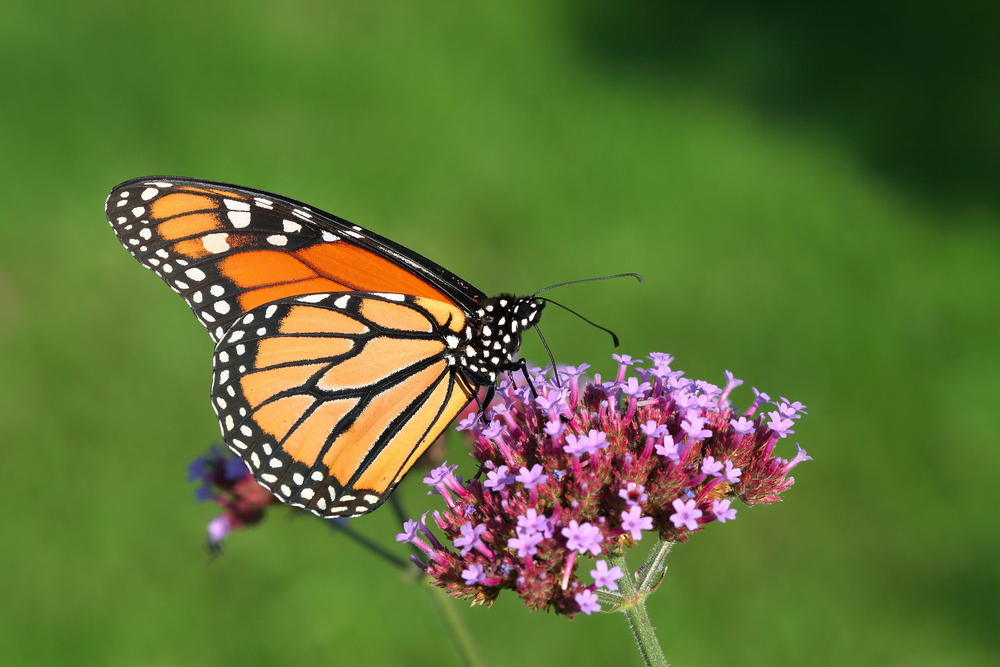
If you’ve noticed fewer bugs splattering on your car windshield, you’re witnessing a troubling trend. Insects are disappearing, and it’s not just a problem for entomologists. These tiny creatures play enormous roles in pollination, decomposition, and as a food source for other animals. Without them, ecosystems could collapse, leading to a domino effect that reaches all the way up the food chain. The potential collapse of insect populations is a silent crisis, one that could have catastrophic consequences for the planet.
The decline in insect populations is often attributed to habitat loss, pesticide use, and climate change. These factors create a hostile environment for insects, reducing their numbers and diversity. This is more than just an environmental issue; it’s also a threat to human food security. Crops dependent on pollinators could see reduced yields, impacting global food supplies and economies. It’s a pressing reminder that even the smallest creatures play vital roles in maintaining the balance of life on Earth.
7. Potential for a ‘Blue Ocean Event’
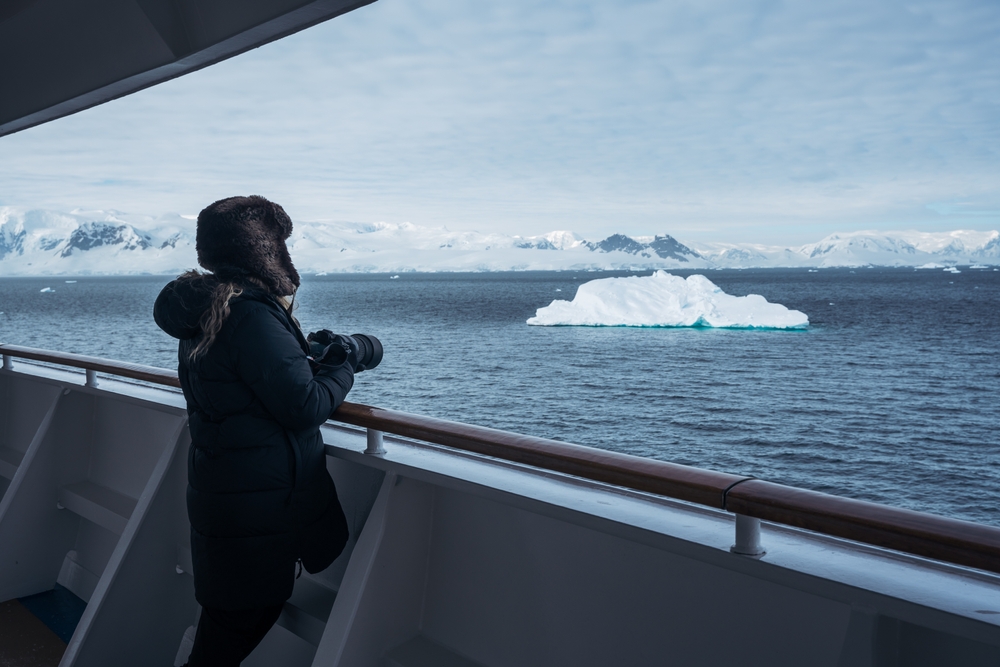
A ‘Blue Ocean Event’ refers to the Arctic Ocean becoming ice-free during the summer months. This scenario is no longer a matter of if, but when, according to climate models. The National Snow and Ice Data Center highlights that the Arctic is losing sea ice at a much faster rate than scientists had anticipated. This could have profound impacts, not just locally but globally, by further accelerating climate change and altering weather patterns. It’s an event that could redefine what we consider to be “normal” for global climates.
The implications of a Blue Ocean Event aren’t just environmental. Economies, particularly those reliant on Arctic resources or shipping routes, could face significant changes. New navigation channels might open up, but at the cost of greater ecological and geopolitical tensions. The loss of ice also affects indigenous communities, whose cultures and traditions are intricately tied to the icy landscapes. So, as we stare down the possibility of a Blue Ocean Event, we’re also looking at a future where climate change is not an abstract threat but a present reality.
8. Coral Reef Bleaching
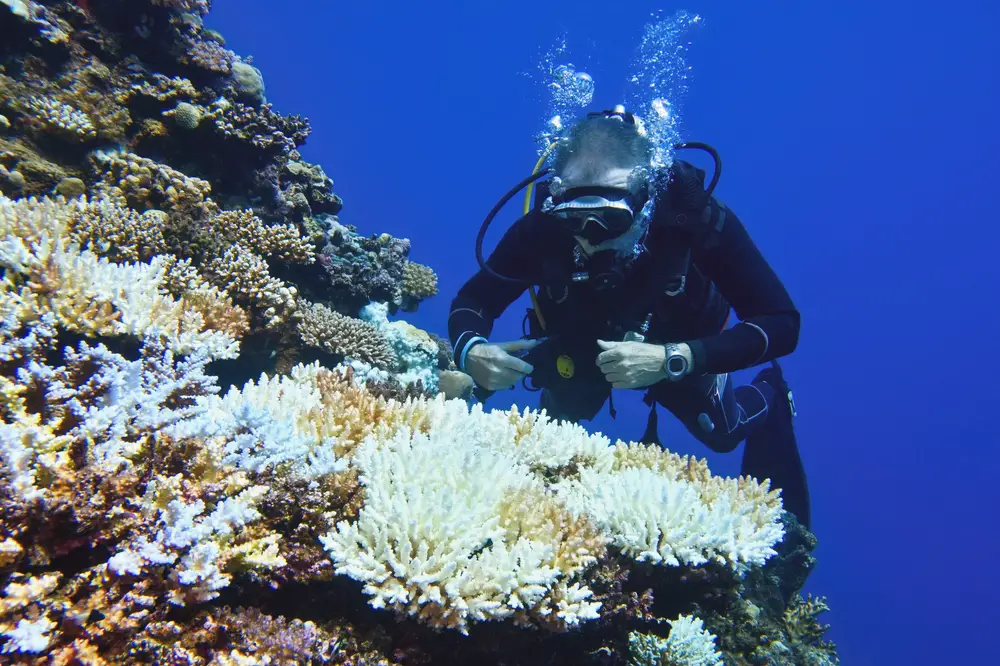
Coral reefs are vibrant underwater cities that support a quarter of all marine life, but they’re under siege. Rising ocean temperatures, pollution, and acidification are causing widespread coral bleaching, where corals lose their symbiotic algae and turn ghostly white. This not only threatens marine biodiversity but also impacts the nearly 500 million people who rely on reefs for food, coastal protection, and income. Coral bleaching is a stark warning that our oceans are reaching a breaking point. It’s a call to action to protect these vital ecosystems before it’s too late.
The economic and ecological value of coral reefs cannot be overstated. They’re natural breakwaters, protecting coastlines from storm surges and erosion, and they support fishing and tourism industries worldwide. Without them, coastal communities face greater risks and economic instability. The loss of coral reefs also means losing potential sources for new medicines, as many marine organisms are used in drug development. It’s a vivid example of how environmental issues have far-reaching impacts, touching every aspect of life on Earth.
9. Disruption of Ocean Currents
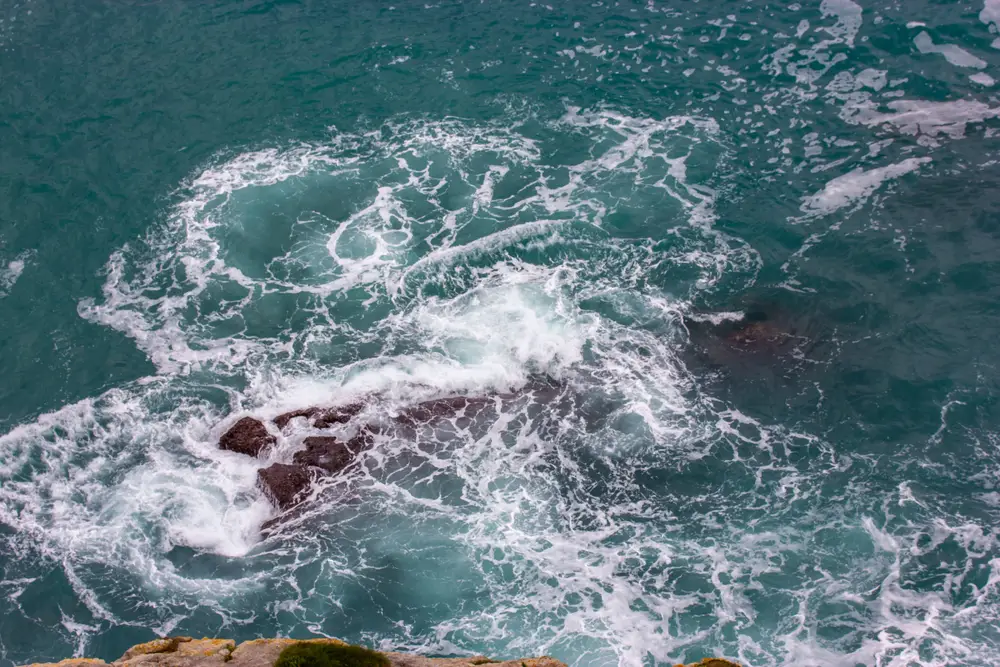
Ocean currents are the planet’s circulation system, distributing heat and nutrients around the globe. But climate change is threatening to alter these vital flows, leading to unpredictable weather patterns and even more extreme climate events. When currents shift, ecosystems can be thrown off balance, affecting everything from fish migrations to the weather we experience on land. The disruption of ocean currents is a reminder of how delicately balanced our planet’s systems truly are. It’s a call to protect these currents to maintain the stability we often take for granted.
Changes in ocean currents can have dramatic effects on marine and terrestrial environments. They can lead to more severe storms, altered rainfall patterns, and shifts in marine biodiversity. Fisheries may face declines in certain fish populations, impacting food supplies and economies reliant on fishing. Additionally, altered currents can exacerbate global warming, creating a feedback loop that accelerates climate change. It’s a sobering realization that what happens in the ocean doesn’t stay in the ocean; it affects every corner of our planet.
10. Disappearance of Mountain Glaciers
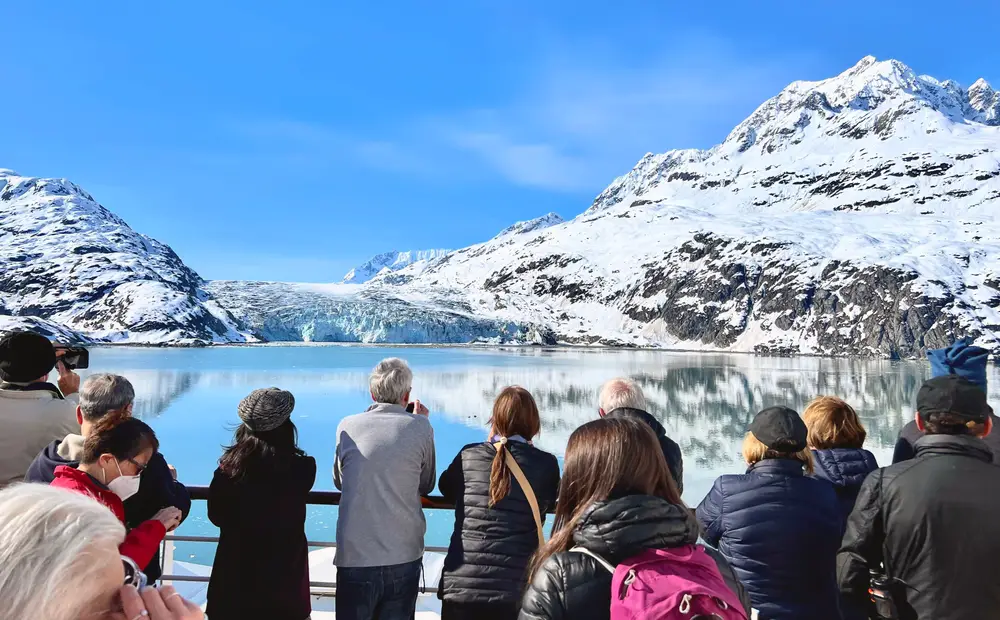
Mountain glaciers, those majestic rivers of ice, are retreating at an alarming rate. They serve as critical freshwater sources for millions of people and play a role in regulating the global climate. As they disappear, communities dependent on glacial meltwater face water shortages and increased risk of natural disasters like landslides and floods. The loss of mountain glaciers is not just an aesthetic tragedy; it’s a warning bell of broader environmental shifts. It’s a call to protect these natural wonders and the essential resources they provide.
The shrinking of glaciers has far-reaching consequences that extend beyond water availability. The loss of these ice masses contributes to rising sea levels, which can lead to coastal flooding and habitat loss. Additionally, the ecosystems that rely on glacial meltwater are at risk, threatening biodiversity and impacting local communities. The disappearance of glaciers is a visual reminder of climate change, a tangible sign that the planet’s systems are out of balance. It’s a stark indication that urgent action is needed to address the root causes of climate change.
11. Decline of Biodiversity

Biodiversity is the variety of life on Earth, from the smallest microbes to the largest mammals. But right now, we’re facing a decline that many scientists believe could rival the mass extinctions of the past. Human activities, climate change, and habitat destruction are driving this loss, with profound implications for ecosystem stability and human well-being. Biodiversity is not just about conserving cute animals; it’s about maintaining the balance and resilience of our ecosystems. The decline of biodiversity is a call to preserve the intricate web of life that sustains us all.
The loss of biodiversity has direct impacts on ecosystem services that we often take for granted. These include pollination, water purification, and disease regulation, all of which are vital to human survival. As biodiversity declines, ecosystems become less resilient, making them more susceptible to pests, diseases, and climate extremes. This can lead to reduced agricultural productivity and increased vulnerability to natural disasters. It’s a stark reminder that our fate is tied to the health of the natural world, and we ignore it at our peril.
12. Escalating Wildfires
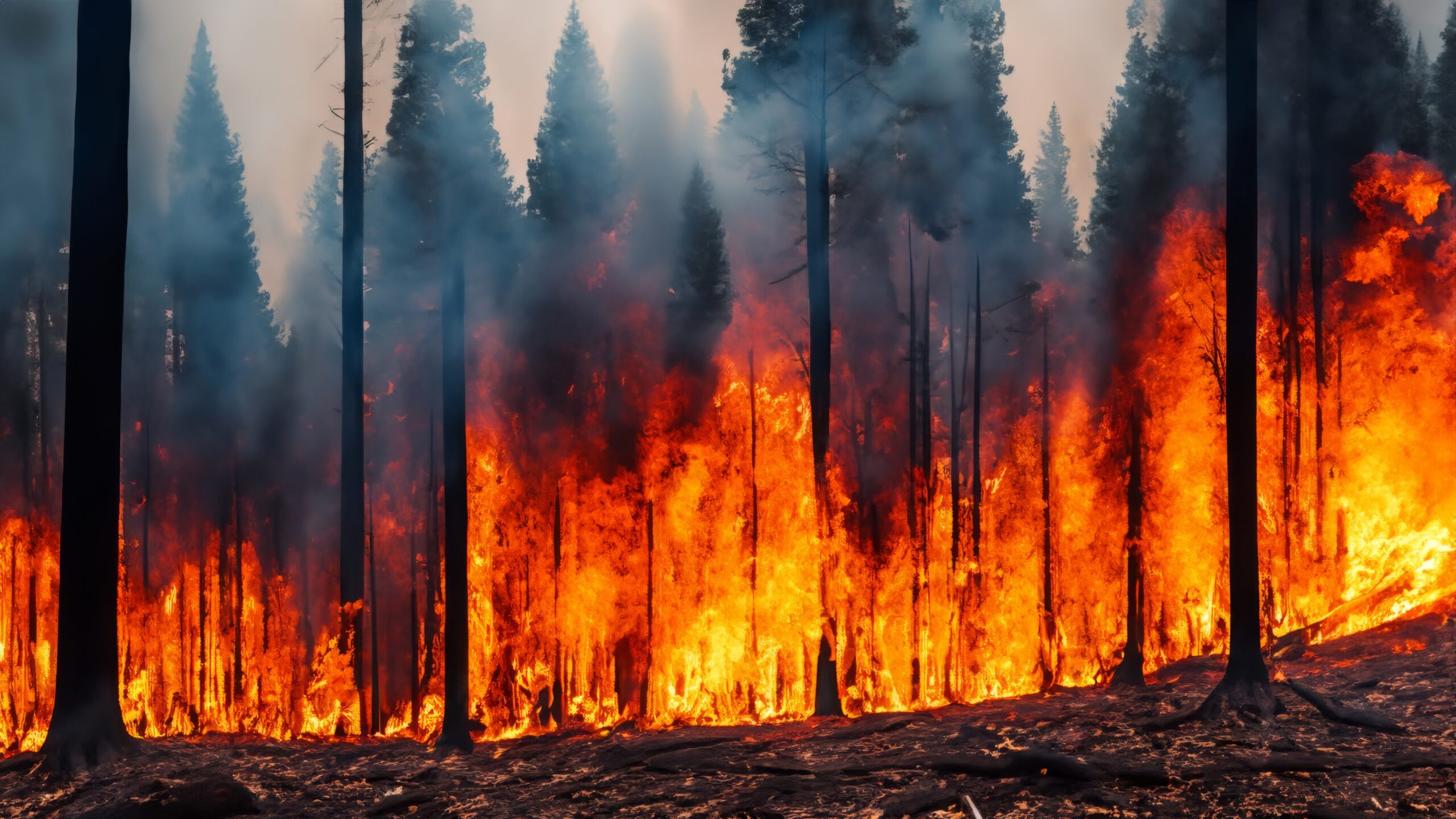
Wildfires are a natural part of many ecosystems, but their frequency and intensity are increasing to unprecedented levels. Climate change, with its higher temperatures and prolonged droughts, is creating the perfect conditions for these blazes to ignite and spread. Wildfires devastate landscapes, harm wildlife, and pose significant risks to human health and property. The escalating occurrence of wildfires is a clear indicator of a planet in distress. It’s a signal that we need to adapt and prepare for the new challenges that climate change brings.
The impacts of wildfires extend far beyond the immediate damage to forests and homes. They release vast amounts of carbon dioxide into the atmosphere, contributing to the very climate change that makes them more likely. The smoke from wildfires can travel long distances, affecting air quality and public health far from the fire’s origin. Additionally, the loss of vegetation can lead to soil erosion and degraded water quality. It’s a poignant example of how environmental crises are interconnected, affecting every aspect of life on Earth.
